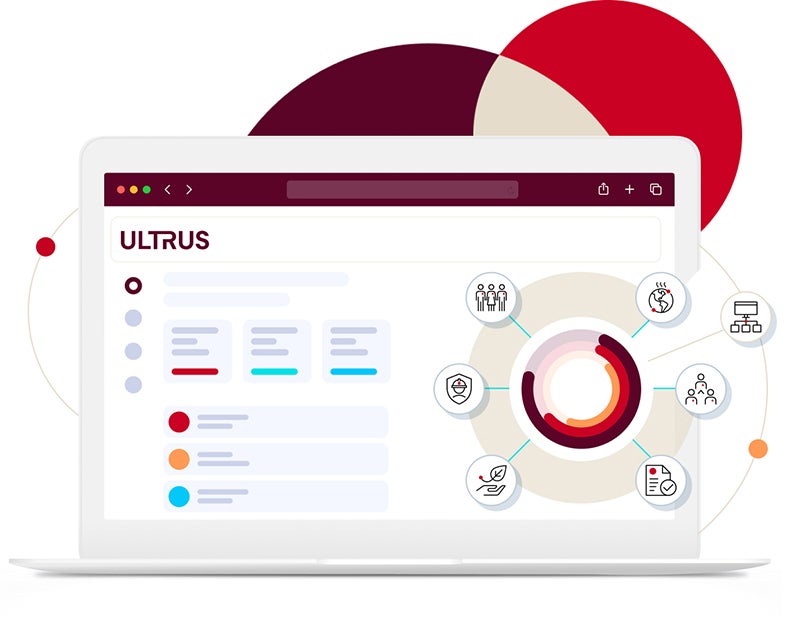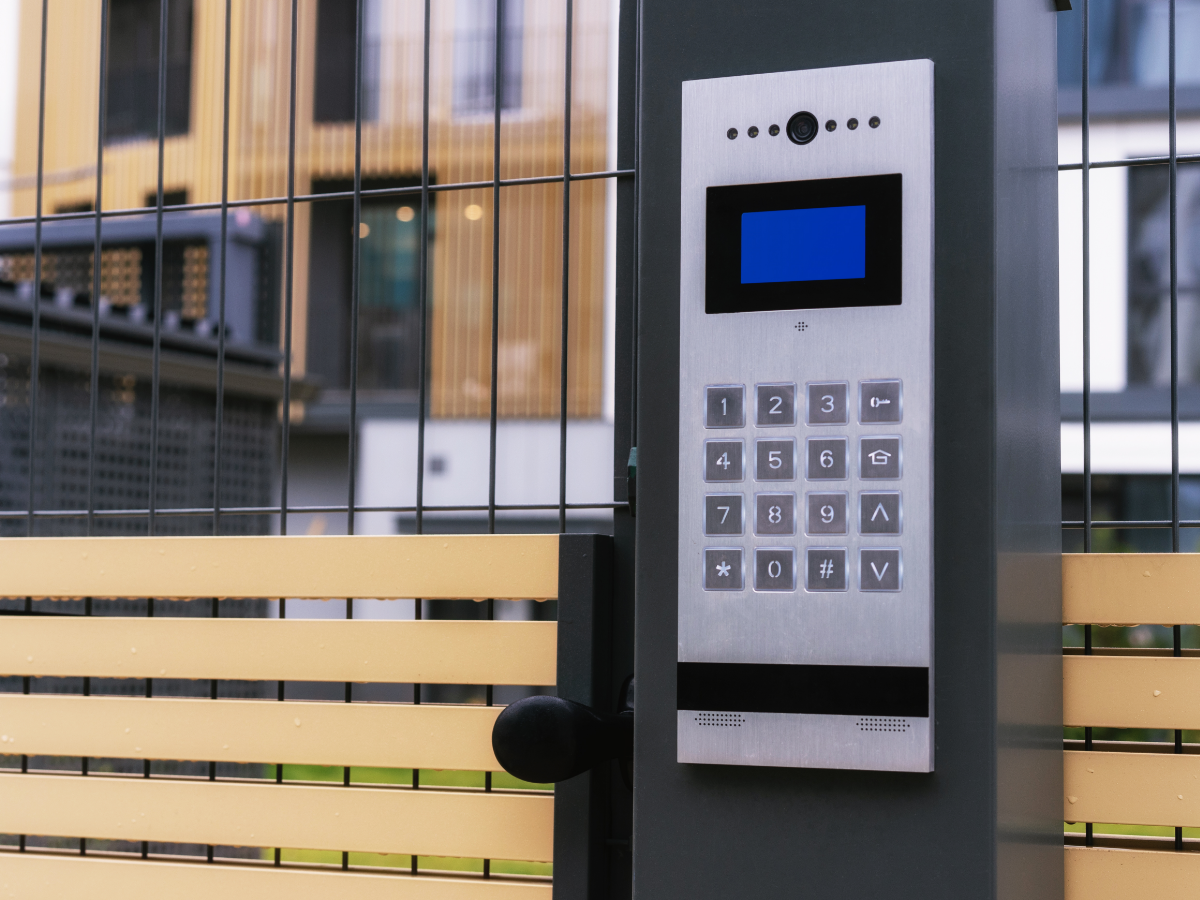By Lou Chavez, Principal Engineer, Security and Life Safety, UL Solutions, Distinguished Member of Technical Staff, William Henry Merrill Society
Stephen R. Kuscsik, Principal Engineer, Door and Gate Systems, UL Solutions, Distinguished Member of Technical Staff, William Henry Merrill Society
Many facilities use perimeter security to deter unauthorized physical access. Perimeter security often uses a layered approach based on a security vulnerability assessment to effectively protect specific assets.
Security measures can include access control systems with integrated automatic gates and door operators, offering the convenience of remotely opening gated portals. Electronic access control systems enable authorized and properly credentialed users to access the protected premises. Certifying perimeter security equipment and its systems can help improve accountability and build trust with occupants and other stakeholders.
UL Standards for access control and gate operators
UL Standards & Engagement has developed two Standards that enable building owners to certify their perimeter security equipment and systems. UL 325, the Standard for Door, Drapery, Gate, Louver, and Window Operators and Systems, is commonly used to certify automatic gates, door operators and their systems. The gate operator types include slide gates, swing gates, pivot gates, vertical lift gates, barrier arms and, more recently, bifold gates. UL 294, the Standard for Access Control System Units, complements UL 325 with testing specifications for the units controlling authorized access for gate and door operators and addresses security-related safety, digital security and performance. Together, the Standards streamline the certification process for manufacturers by allowing a single trusted organization to simultaneously test the entire system.
The most recent edition of UL 294 provides flexibility through a tiered performance structure (Levels I-IV), which offers four distinct performance levels for physical/destructive attack testing, encrypted communication line security, operational endurance cycling and standby power levels. The new structure recognizes different use cases associated with various market needs and enables manufacturers to add a UL 294 certification to their applicable products that have been certified to UL 325.
UL 294 also addresses commonly used industry technologies, including remote access features from smart devices, remote software/firmware upgrades, power over communication cable requirements and alternate test paths for equipment that already meet UL 62368-1, the Standard for Audio/Video, Information and Communication Technology Equipment — Part 1: Safety Requirements, or UL 60950-1, the Standard for Information Technology Equipment — Safety — Part 1: General Requirements.
Internet of Things (IoT) connected devices and system software may also benefit from safety and performance testing to UL 294 or UL 2900-2-3, the Standard for Software Cybersecurity for Network-Connectable Products, Part 2-3: Particular Requirements for Security and Life Safety Signaling Systems.
How UL 325 and UL 294 work together
To illustrate how UL 325 and UL 294 certifications overlap, think of a gate at a commercial facility or a gated residential community. Typically, this gate system must be tested and certified, demonstrating that the electric operators function as intended and comply with safety requirements, including entrapment protection, as specified in UL 325. Additionally, the access control system, including card readers, scanners, keypads, communications links and biometric readers, must also demonstrate that security can be appropriately maintained through a security vulnerability assessment.
Code requirements and regulatory alignment
The 2024 International Building Code (IBC), 2024 International Residential Code (IRC), 2024 International Fire Code (IFC), National Fire Protection Association (NFPA) 1 Fire Code and NFPA 101 (Life Safety Code) all require that the gate operator be listed to UL 325 when installed. Furthermore, the 2024 IBC Chapter 10 (Means of Egress) and the 2024 edition of NFPA 101 require special locking devices, such as sensor-released egress doors, controlled egress doors and delayed egress locking systems, to be listed to either UL 294 or UL 1034, the Standard for Burglary-Resistant Electric Locking Mechanisms. The IBC defines life safety requirements for these devices, such as automatic release in the event of a power failure or upon activation of an automatic fire alarm system. The listing requirement is intended to help support safer performance of these special locking devices and systems.
Working with UL Solutions
With more than a century of experience in safety, performance and reliability testing, UL Solutions continues to support evolving industries with trusted expertise. In the door and gate sector, we remain at the forefront of the technical and regulatory advancements, helping manufacturers understand compliance requirements, certify with confidence and bring safer, more secure perimeter security systems to market.
For more information regarding UL 294 and 2900-2-3, please visit our security products page or contact ulregulatoryservices@ul.com
For more information regarding UL 325, please visit our door, gate and window access systems page or contact ulregulatoryservices@ul.com

